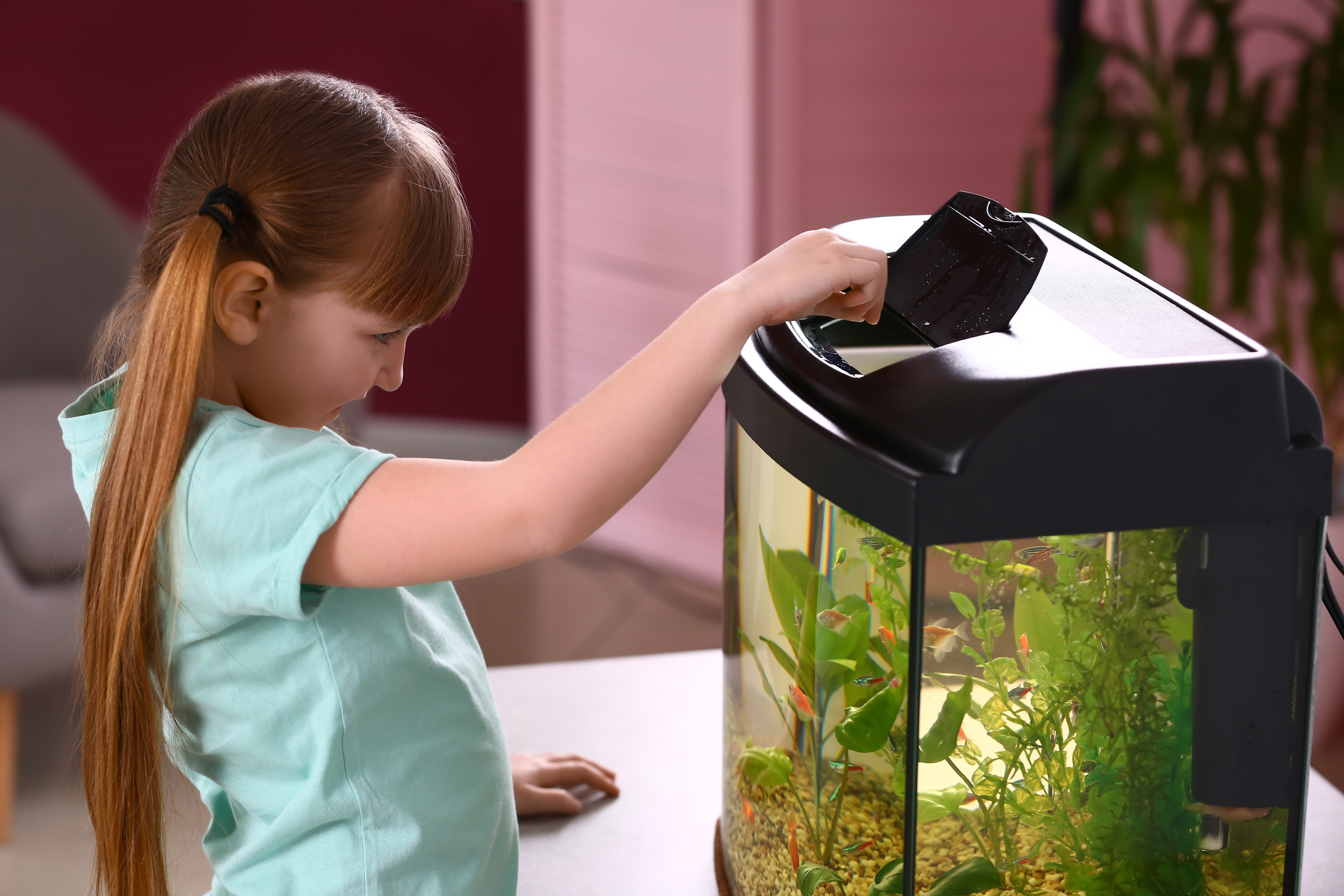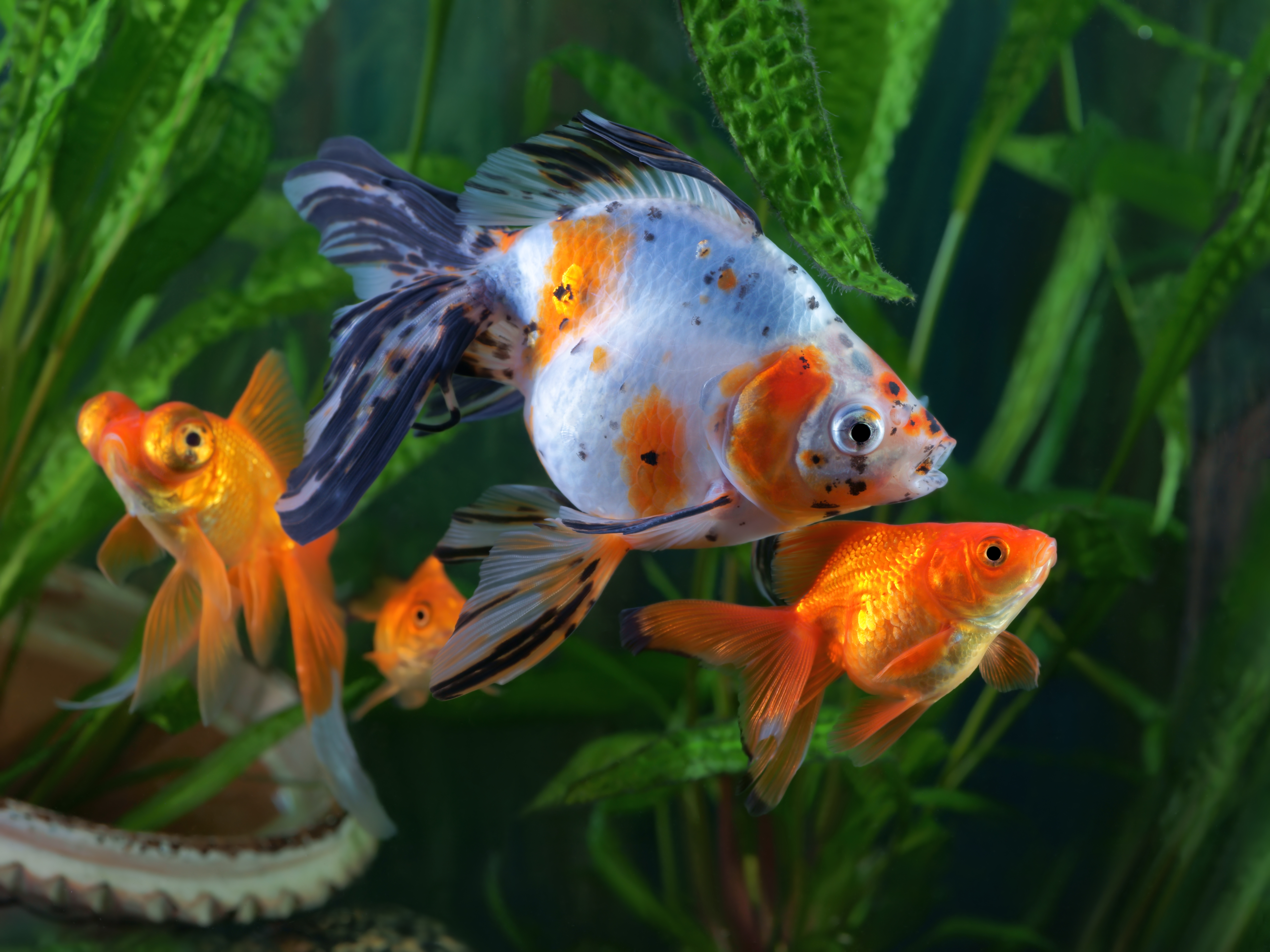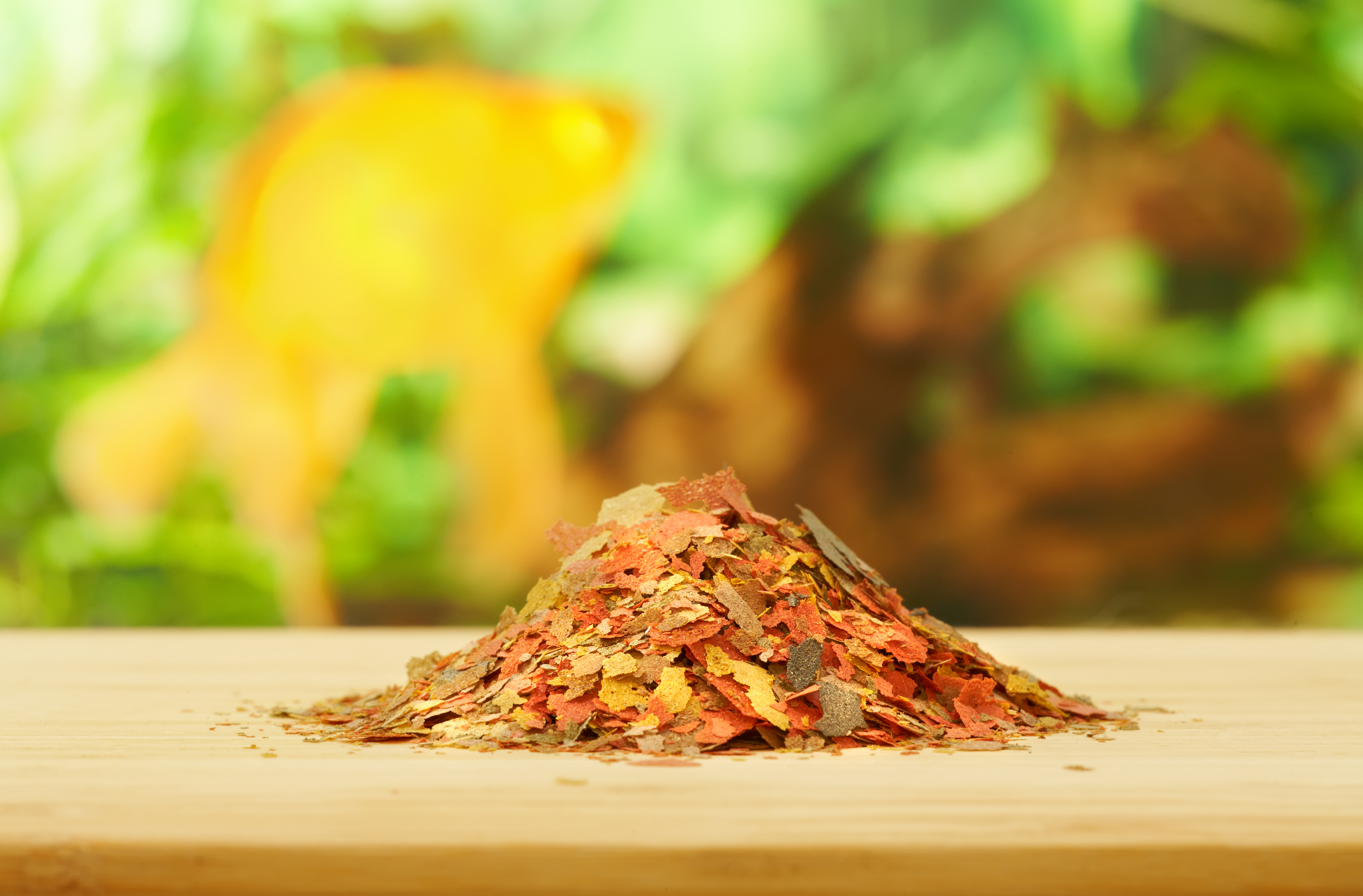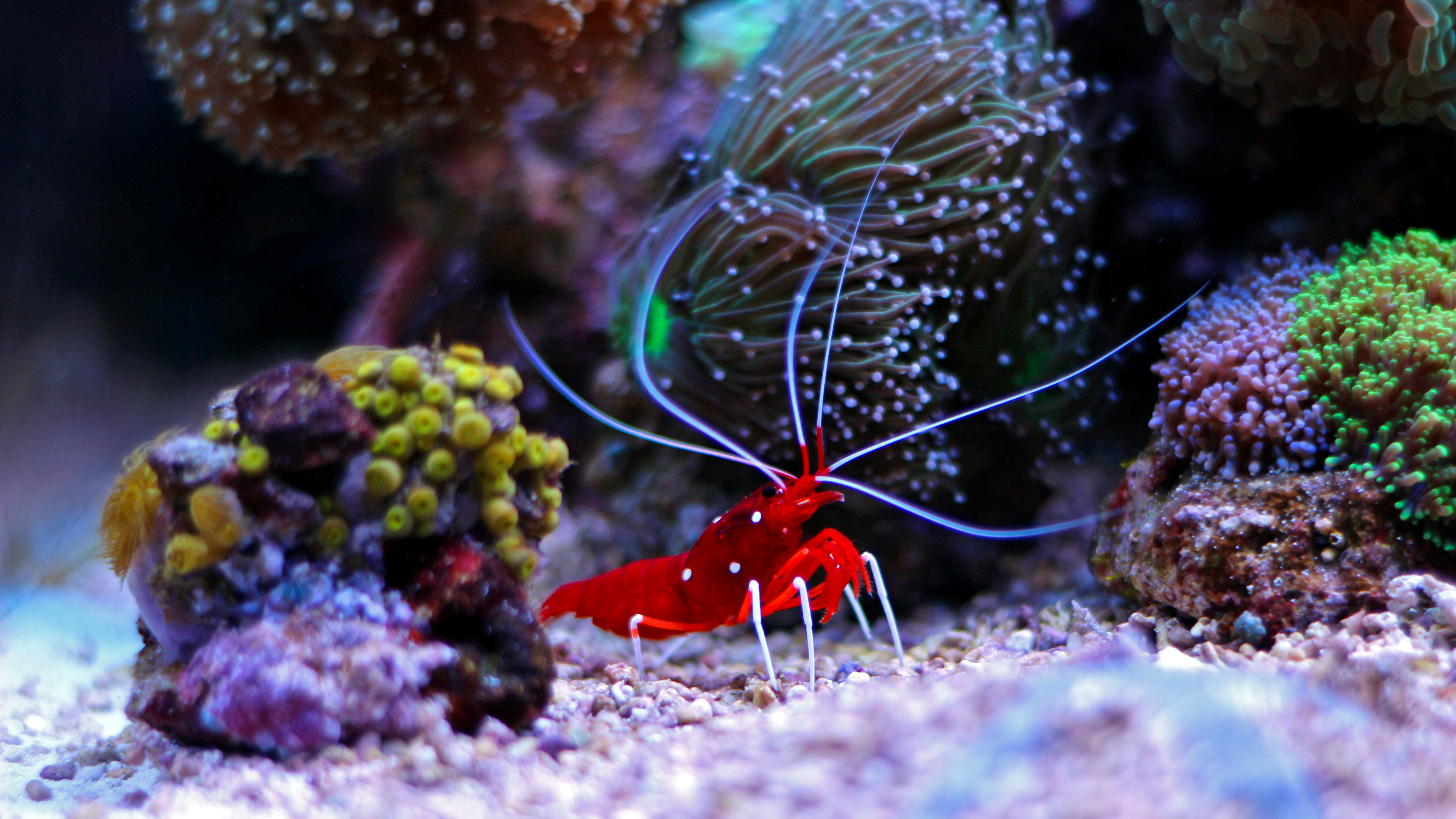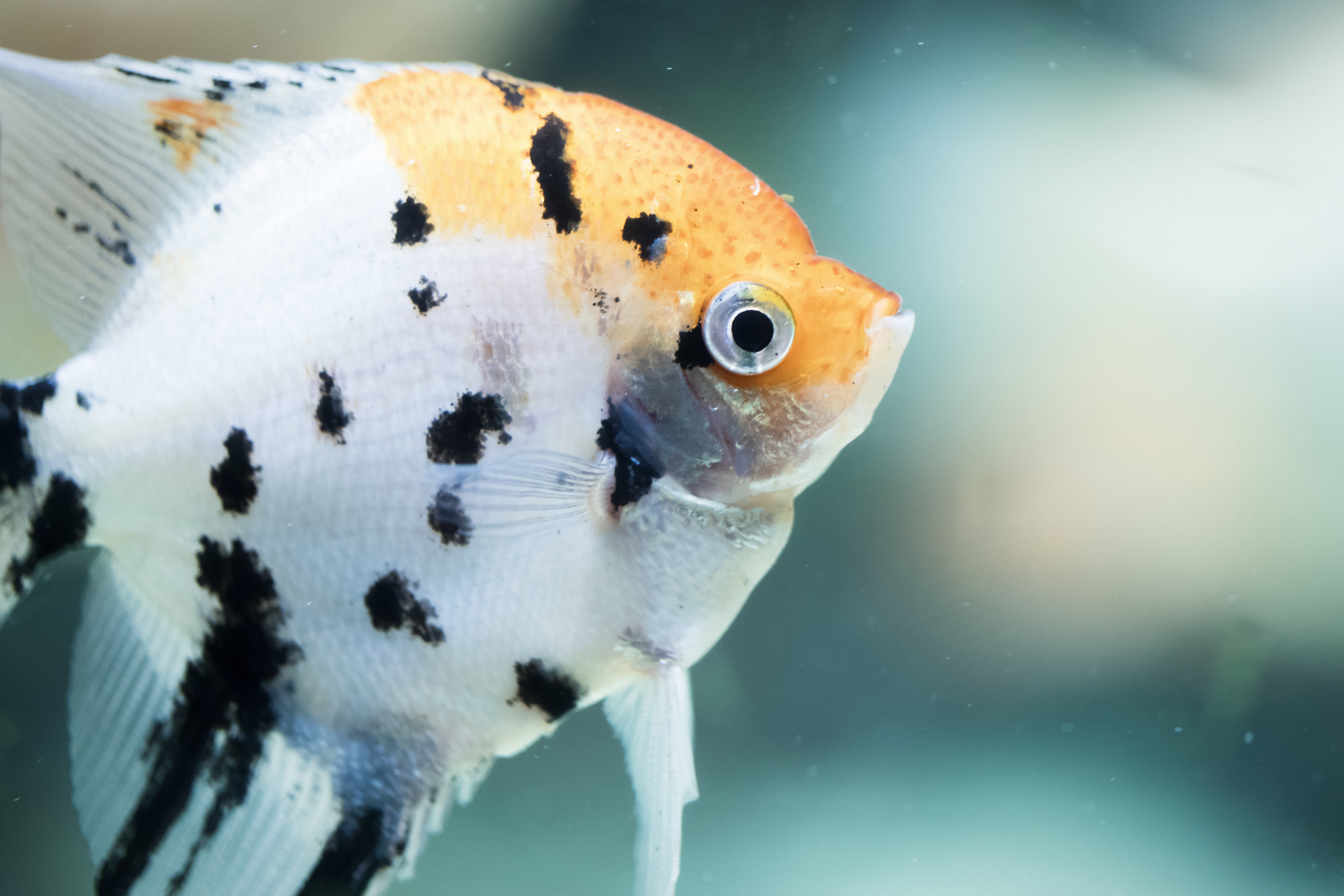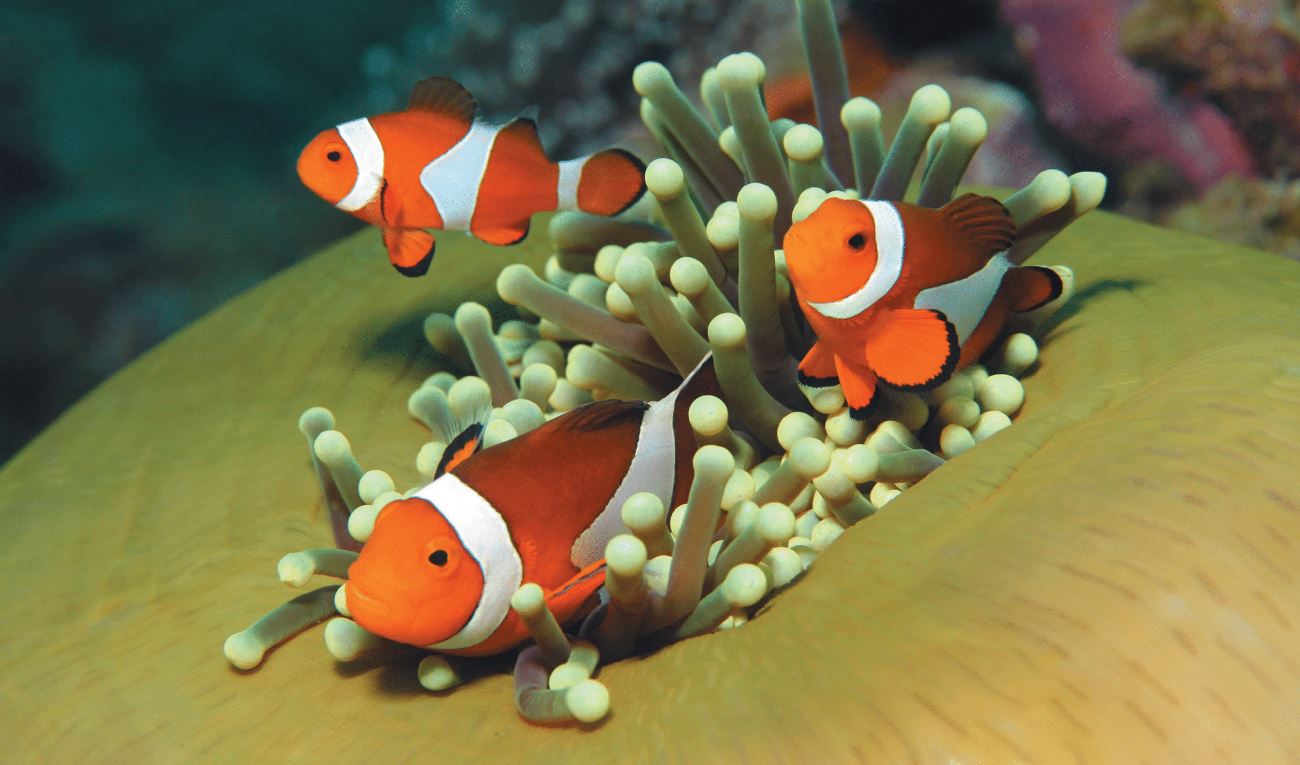The New Face on Fish Food
Karen M. Alley //September 5, 2017//
“All-natural,” “no artificial colors,” “fresh ingredients,” “Omega-3” and “probiotics.”
When you see these terms in the context of fish food, you might assume you’re talking about frozen or live food. But the past few years have seen a revitalization of sorts in the flake food category, helping this popular staple continue to earn its place as one of the most purchased types of fish food. According to the 2016 survey by the American Pet Products Association, almost 80 percent of freshwater fish owners and almost 70 percent of saltwater fish owners purchase flake food, levels that have remained pretty consistent over the past 10 years.
Flake foods are popular for their convenience and the fact that they provide a balanced diet for the fish. But today’s foods go beyond a one-size-fits-all type of product, with many different formulations and types of food to appeal not only to many different types of fish, but also to more discriminating customers.
“Today’s fishkeepers are usually well-educated about their fish and want what’s best for them,” said Stacy Davis, purchasing director for That Fish Place, a pet store that specializes in fish and aquatic supplies in Lancaster, Pennsylvania. “While they may have favorite brands, they look for continued improvement in ingredients and formulas so they in turn can keep their fish healthier and hopefully have more success.”
Focus on Ingredients
Fresh, whole ingredients are one of the things that stand out in today’s flake fish food diets.
“When you feed your fish flakes from Ocean Nutrition’s line, you’ll see pieces of whole plankton or brine shrimp right there in the flake,” said Jason Oneppo, research and development manager at Ocean Nutrition Americas. “There’s a lot of texture to it and people can see there’s something there, which makes them feel better about what they’re feeding their fish.”
Other ingredients, such as cold water seafood to enhance levels of Omega-6 fatty acids in Omega Sea’s Freshwater Flakes and antioxidants and prebiotics in TetraMin’s new Active Life Formula, help provide the nutrients fish need to stay healthy for everything from building strong immune systems to better digestion.
It’s not just what’s in the new formulas that makes a difference to customers—it’s also what’s left out. Ocean Nutrition did an overhaul of its entire line of flake foods, making use of healthier alternatives for preserving freshness and creating color that were relatively unknown to the industry just a few years ago. The new formulas have replaced all artificial colorants with natural colors and use only natural preservatives.
Less Waste, Cleaner Water
Today’s hobbyist is well aware that feeding a proper diet isn’t the only key to keeping healthy fish and livestock. Healthy water is just as important, as fish, unlike other animals, live and breathe in the same water where they excrete waste. In a survey conducted by Mars API Fish Care, 67 percent of respondents ranked water quality as their top priority in selecting fish food.
“This came in above selecting for color and growth, I think because people understand that a dirty environment is unhealthy for fish,” said Gary Jones, research and development manager at Mars API Fish Care.
With that in mind, API introduced a new formula for its line of fish nutrition in 2014 that delivers up to 30 percent less ammonia than other competitors.
“Most fish owners don’t relate ammonia in the tank as a result of feeding, but when fish are fed more amino acids than they can utilize, the excess waste produced is excreted as ammonia, which is a major source of pollution in aquariums and the number one killer of fish,” Jones said.
The API formulas bind the amino acids fish need to a protein source fish can utilize, which means the amino acids are absorbed into their system rather than secreted as waste.
Other products are focusing on waste as well. Ocean Nutrition’s flake foods have a low phosphate level, which leads to less waste. TetraMin’s Active Life formula includes prebiotics, which help with digestion and increase nutrient absorption to reduce fish waste.
Branching Out
“One of the latest trends we’ve seen is the shift toward nutrition specific to species,” said John Fox, division vice president of aquatic marketing at Spectrum Brands, Inc., Pet, Home & Garden Division.
Now, in addition to the traditional freshwater and goldfish flakes, retailers and hobbyists will see products for chichlids and bettas, formulas designed for omnivores or herbivores, and even reef-specific foods.
“The goal is to provide a more natural and appropriate diet for each type of fish,” Oneppo said.
For example, in Ocean Nutrition’s Prime Reef flake, the product contains a high concentration of plankton, since fish out on the reef would be eating zooplankton. On the other side of the spectrum is the brand’s Spirulina flake that keeps animal proteins at a minimum for the herbivorous fish.
Tetra expands its offering of species-specific formulas this fall with the introduction of Tetra Betta Worm Shaped Bites in September.
“This daily staple is highly digestible, rich in proteins and color enhancers and, most importantly, mimics real bloodworms that bettas would seek out as a food source in their natural habitat,” Fox said.
Building Sales
For retailers, promoting all of these new innovations can be somewhat of a double-edged sword.
On the one hand, customers are looking for products that provide fresh, whole ingredients and produce less waste. On the other hand, brand loyalty to many of these products is high, and people are sometimes averse to change. As with many other aspects of fishkeeping, the key is having associates who are educated about the products available and their different benefits and who can educate the customer on what’s best for their fish.
At That Fish Place, staff are provided with samples of food to use in their own tanks.
“This gives staff an opportunity to see the results of the products on the fish, in turn making them more comfortable making food recommendations to the customers,” Davis said.
It’s also important to keep in mind that bigger isn’t always better.
“I recommend selling the size of food container the hobbyist will use in 30 to 60 days,” Jones said.
The reason for this is because the integrity of the food starts to degrade as soon as the container is opened. Vitamins and minerals will oxidize as soon as they’re exposed to heat and humidity.
“We go to painstaking efforts to make sure a container is sealed for food to stay as fresh as possible while on the shelf, but once it’s opened, and usually stored over a humid fish tank, things start to degrade,” Jones said.
Not only does a smaller container help customers feed their fish food that’s fresh and healthy, but it also ensures they’re coming back to the store to restock, providing an opportunity to grab some incremental sales with each visit while continuing to build the all-important customer relationship.






